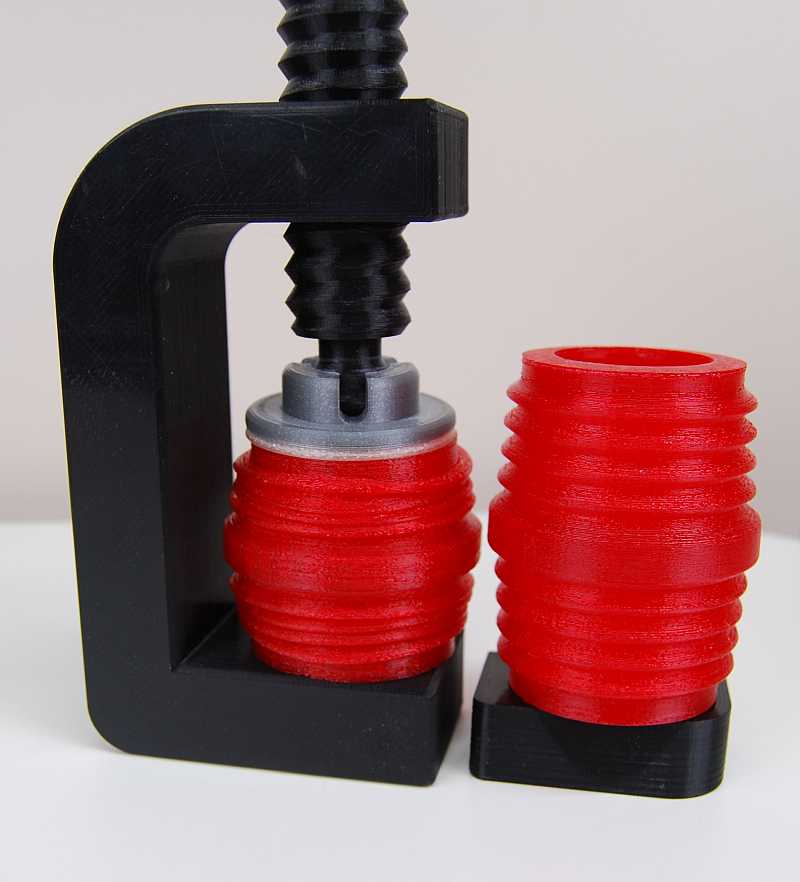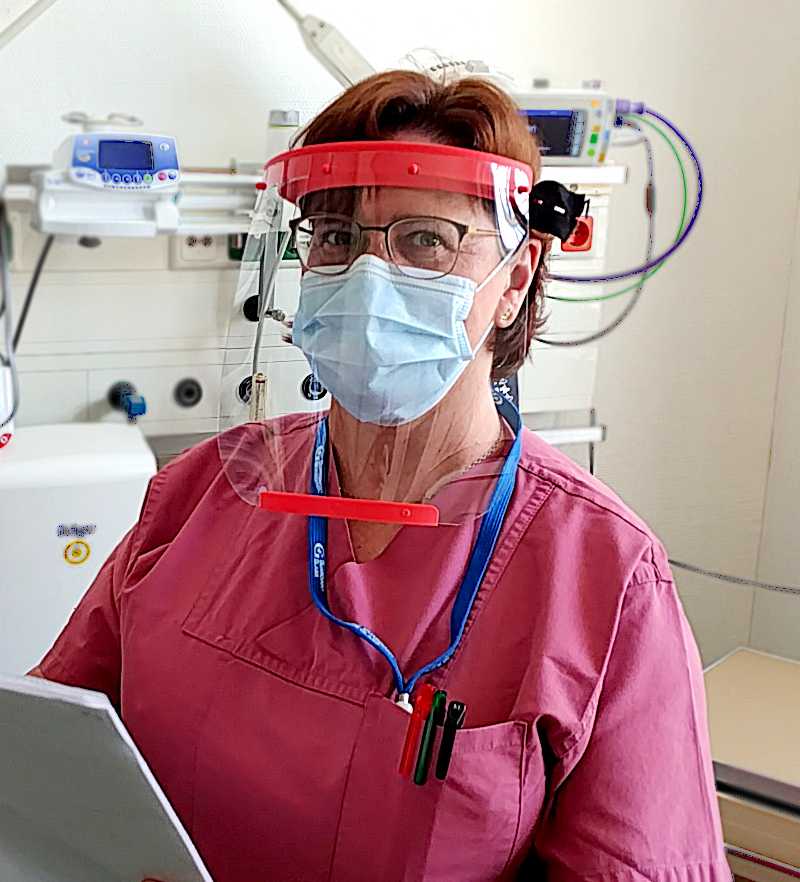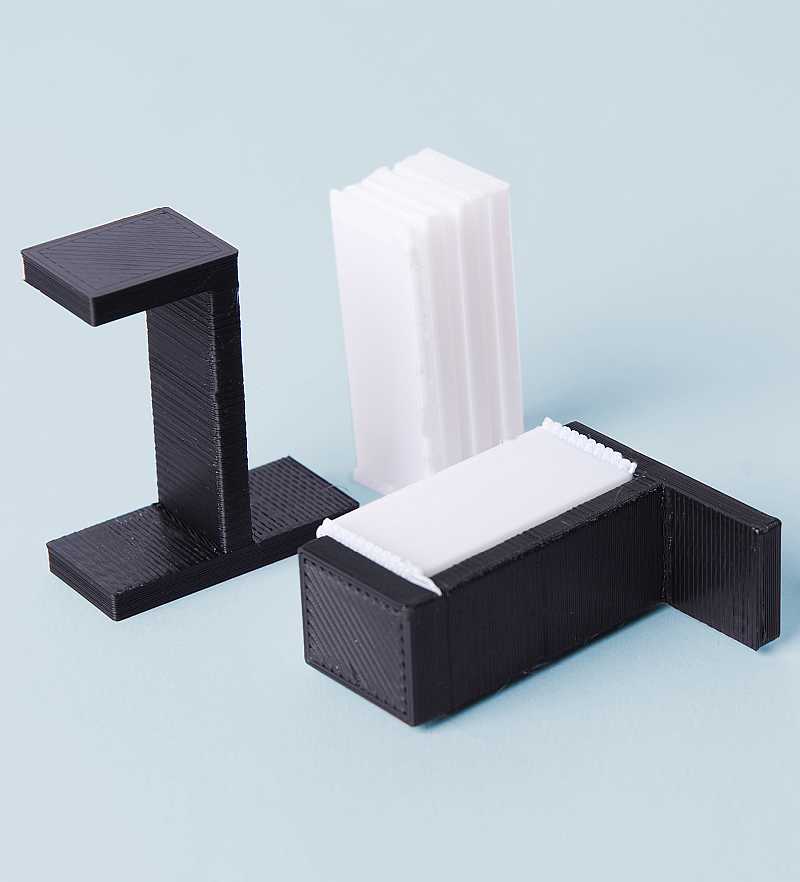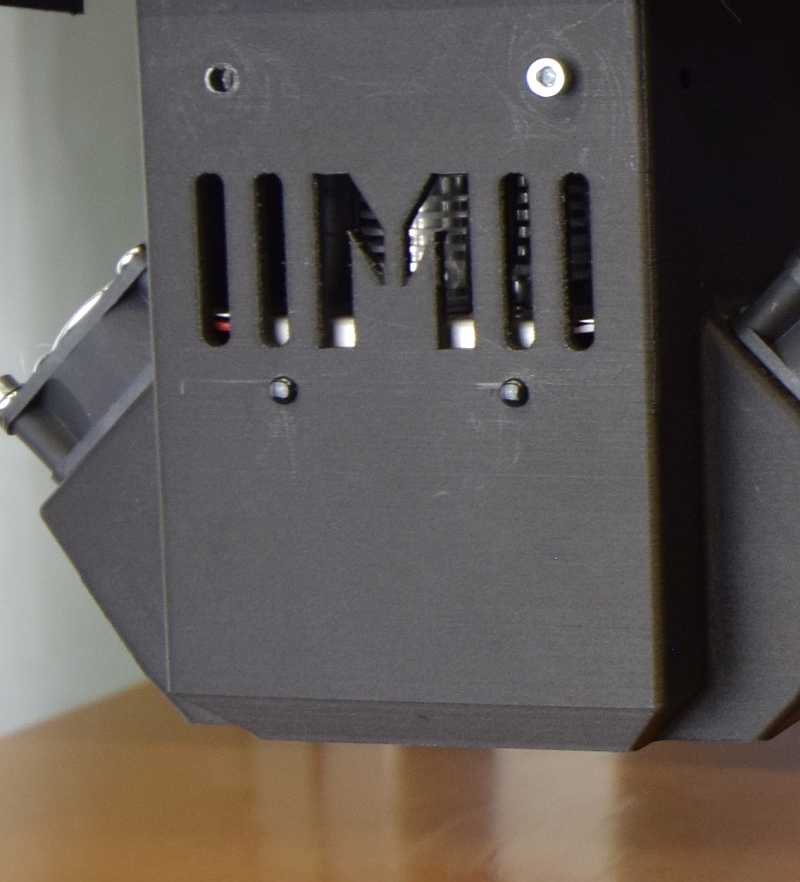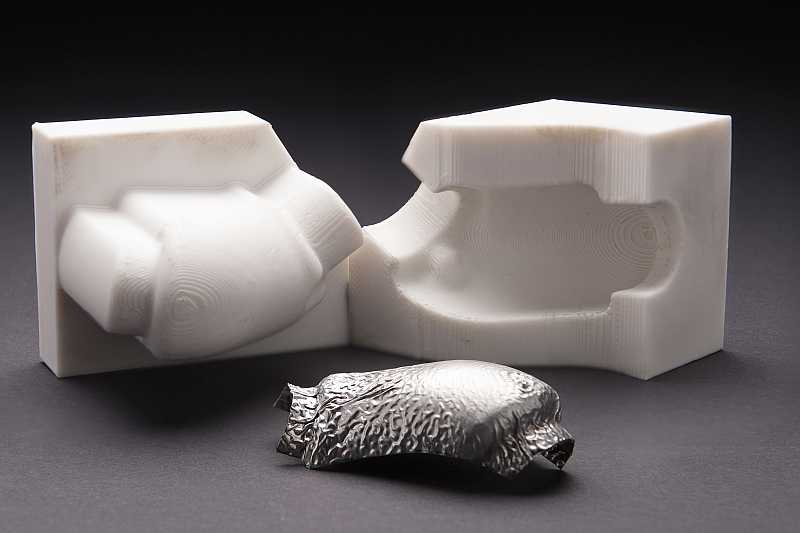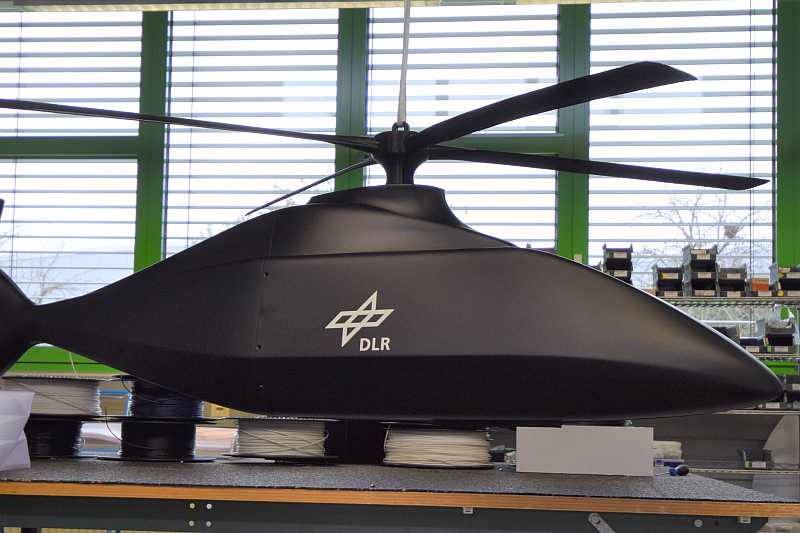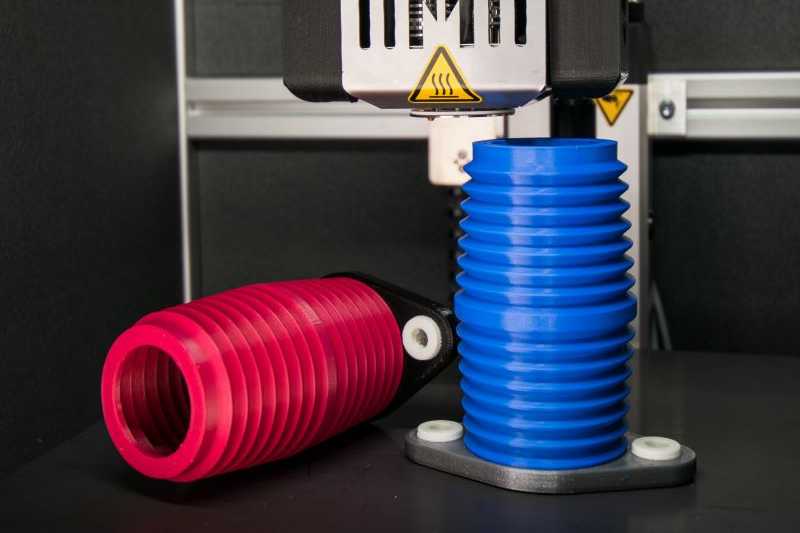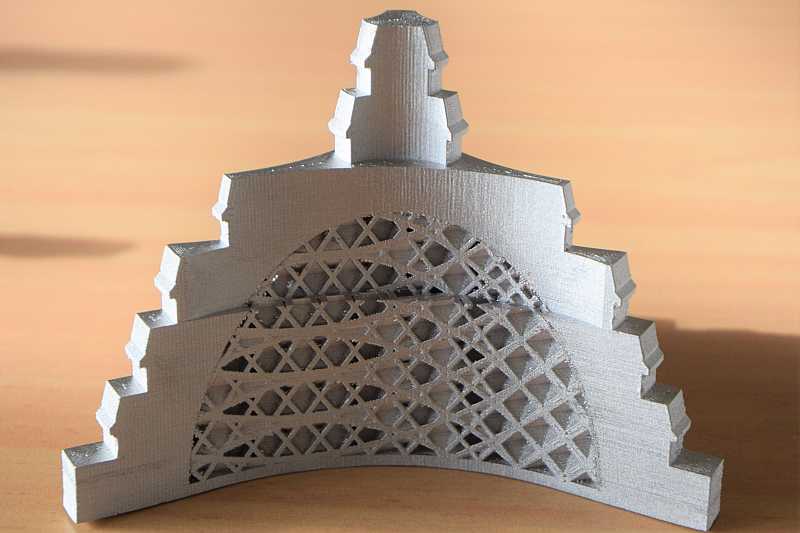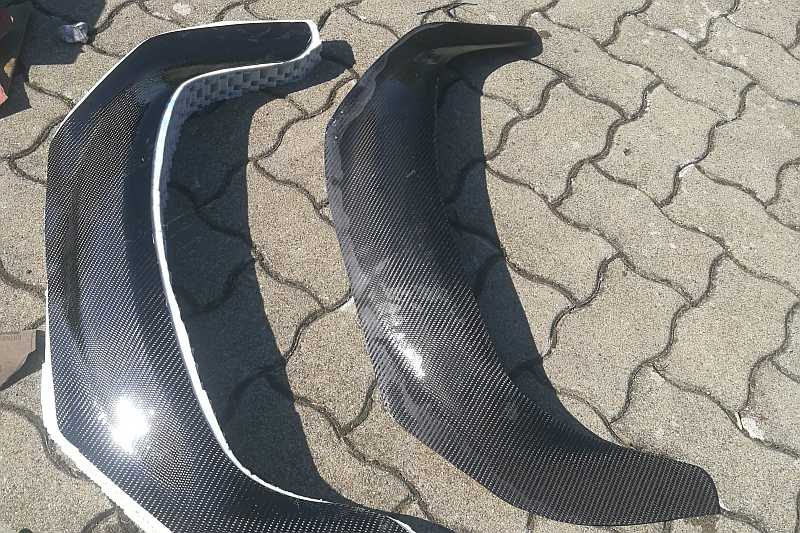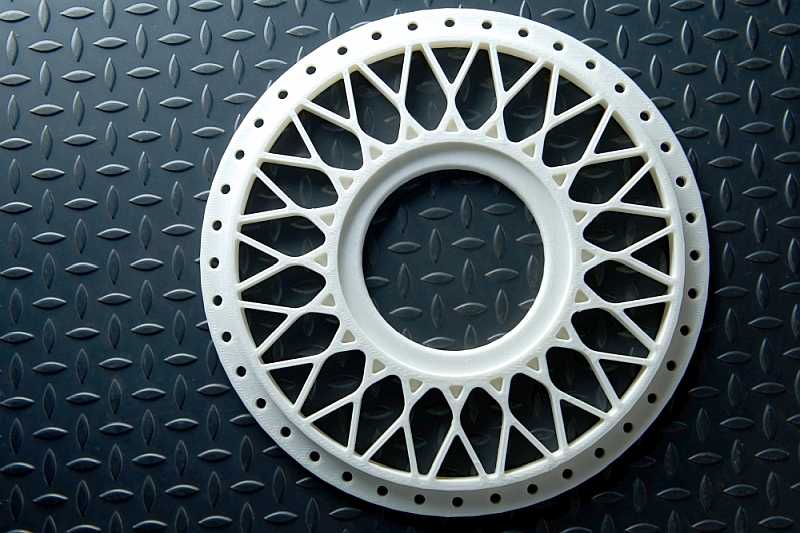Multec filaments
Wide range of materials from Multec:
- FDM plastics and metal
- High-strength plastics
for technical functional - Fiber-reinforced-temperature-resistant-food-safe-and much more
- Metal pressure BASF Ultrafuse 316L
From own production:
- Multec PLA-HT
- Multec Carbon (PA-CF)
- Multec PLA
- Multec PETG
- Multec Smart Support
- and much more
Multec has been involved in the development and optimization of plastics specifically for printing technology for 9 years. Great importance is attached to the best printability, high strength and the lowest tendency to shrink.
Another important point for our material development is sustainability and a composition that is as food-safe or harmless to health as possible. Here we work closely with partners from research and industry and, thanks to our partners in filament production, can also respond to individual wishes and colors.
Our top seller deserves a special mention: the high-temperature-resistant and highly impact-resistant Multec PLA-HT , which surpasses ABS by 50% in terms of impact strength and is similarly temperature-resistant. This material is used, for example, to print deep-drawing molds for metal foil that can be loaded with up to 15 tons.
PLA-HT was developed with the aim of creating a food-safe replacement for ABS - we have succeeded in doing this, PLA-HT surpasses the mechanical properties of ABS, is food-safe and is better printable than ABS.
The latest filament development is reinforced polyamide : Multec Carbon and Multec SmartSupport : A special support material for PLA and PLA-HT, which minimizes the reworking effort and guarantees optimal component undersides in the supported area.
The complete range can be found in our online shop
Technical data overview
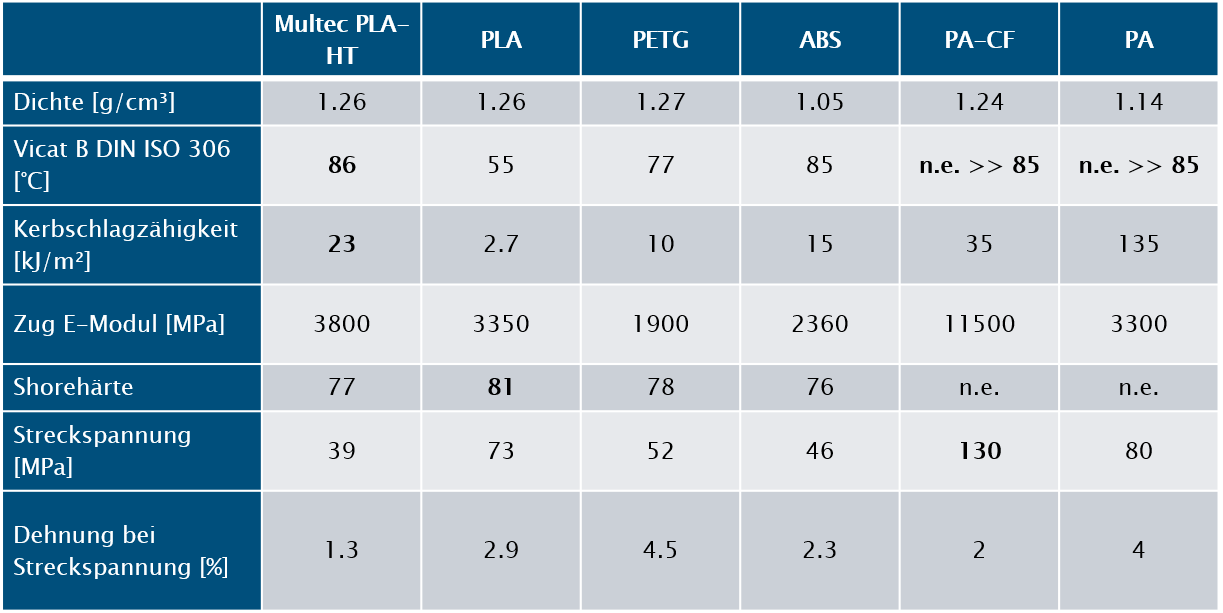
material guide
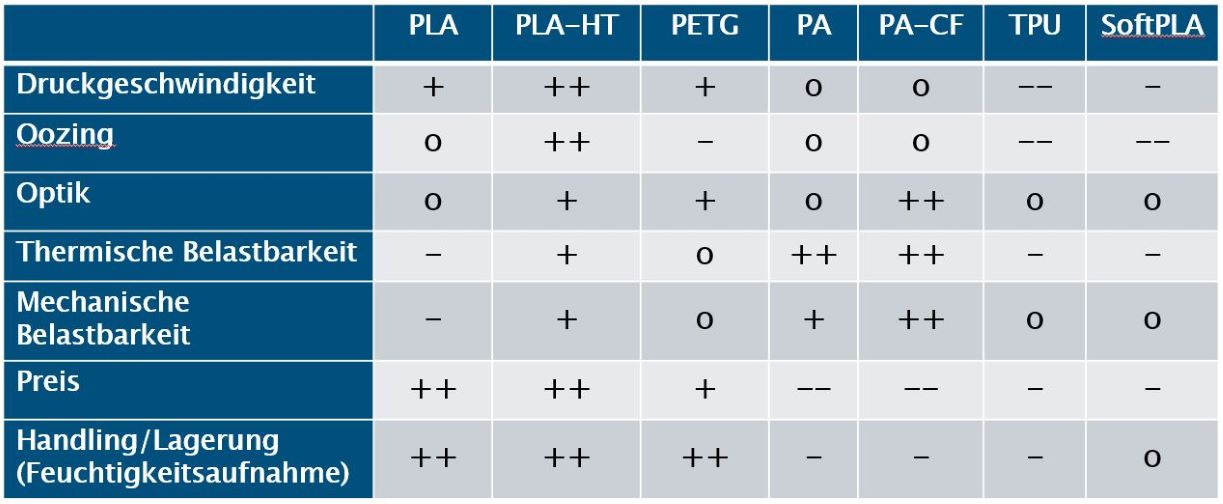
3D printing filament
Just like an inkjet printer cannot print without filled cartridges, 3D printing filament is required as a raw material for three-dimensional printing work. Which filament 3D printers need depends entirely on the project. At Multec you can buy 3D printing filaments that are suitable for very different applications.
What exactly is a 3D printing filament?
Of course, a 3D printer needs a raw material for its work, from which the three-dimensional object can ultimately be created. This raw material is called filament and can be of different types.
Unlike the ink that is required to operate an inkjet printer, the 3D printing filament is not in liquid form. Where the cartridges are in the inkjet printer, a roll of filament can be seen in the 3D printer. In the broadest sense, this is reminiscent of an oversized spool of sewing thread. However, this "thread" is not sewn or spun in the 3D printer. 3D printing filament is melted in the 3D printer and applied in layers to the new object according to the digital print template.
Why do you need different filaments for 3D printing?
With 3D printing filament you can produce objects of very different sizes and textures. However, it is necessary to select the right material with the appropriate material-specific properties. Because some objects have to be particularly impact-resistant and dimensionally stable, while others require a certain degree of flexibility.
For this reason, Multec offers different 3D printing filament that meet your individual requirements.
The Multec material portfolio includes the following filaments:
- Multec PLA-HT
- Multec Carbon (PA-CF)
- Multec PLA
- Multec PETG
- Multec Smart Support
Each 3D printing filament has different product-specific properties. The table shows you which material is most suitable for your project.
Simultaneous use of different filaments with Multec
The invention of the 3D printer was already a milestone that revolutionized work in many industries. However, it quickly became clear that not every 3D printing filament is suitable for every project. In addition, many products that were previously assembled from individual components by hand or machine do not always have the same material-specific properties. The need to process different 3D printing filaments for a multi-material 3D print at the same time was therefore recognizable from the start.
The Multec 3D printers for industry have patented 4x print heads, each of which can be fed by a different 3D printing filament. Objects composed of different materials can be created in just one step.
On our website you will find examples of how 3D printing filament is used in practice for multi-material 3D printing. For example with spare parts: Numerous technical spare parts can only be obtained from the manufacturer of a device for a few years. Then procurement becomes difficult. With the right filament, many spare parts that previously took a lot of time to produce by hand in small series can now be produced much faster and cheaper. Here, too, the combination of different filaments helps to ensure that the resulting replacement part has the same technical properties as the original part.
Do you have anymore questions? Then you are welcome to contact .

